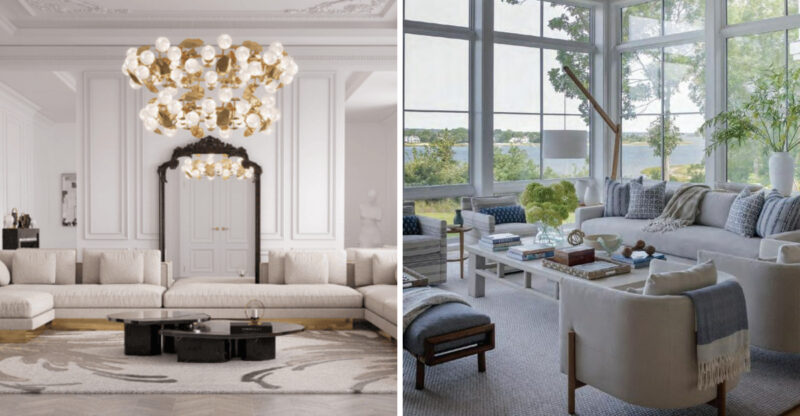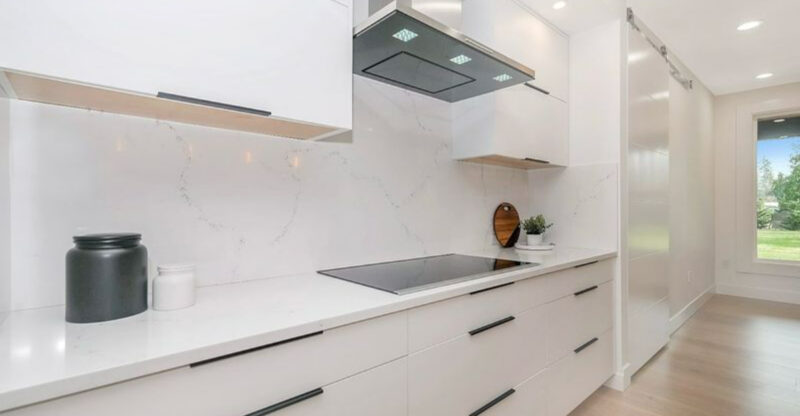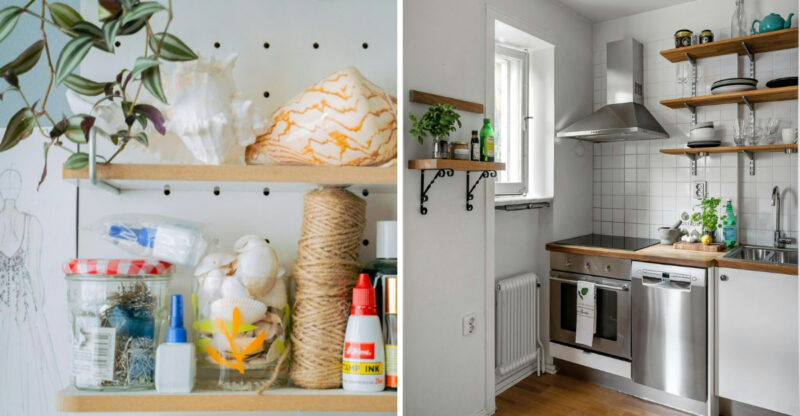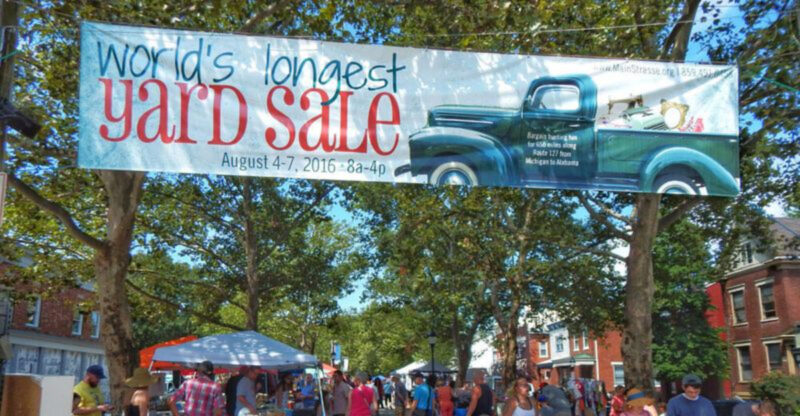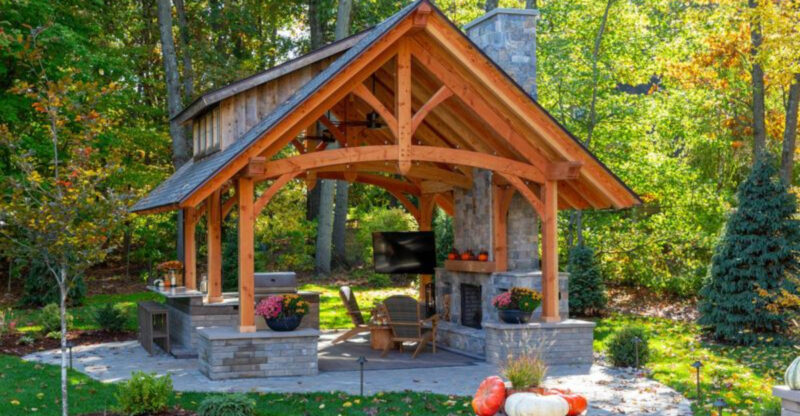7 Vintage Pennsylvania Trends That Still Shine And 6 More Just As Enduring
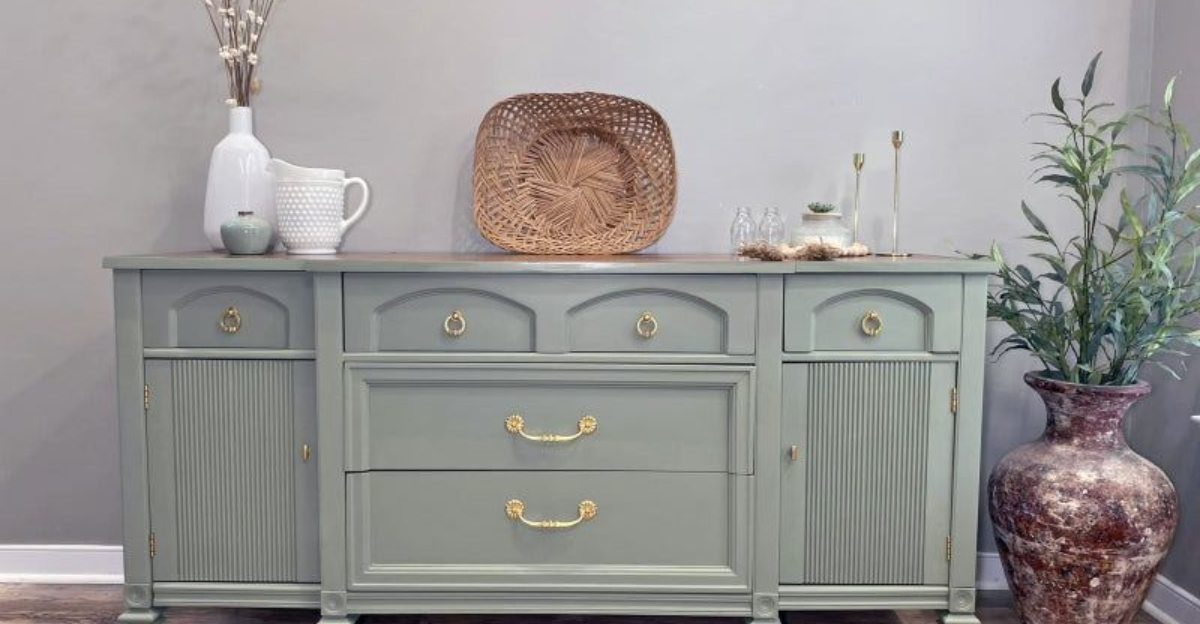
Weathered stone walls. Quilted patterns passed down for generations. A splash of deep red on a barn under a gray sky. In Pennsylvania, design isn’t just about style – it’s about roots.
Certain elements have stayed not because they’re old, but because they still work: simple, sturdy, and full of meaning.
What makes a design tradition last? And why do some regional touches keep showing up in homes long after their heyday? These enduring Pennsylvania trends continue to bring warmth, character, and a sense of place to spaces old and new.
1. Hex Signs And Barn Art

Colorful geometric designs once believed to ward off evil spirits now serve as beloved cultural symbols across Pennsylvania Dutch country. Local artisans continue creating these distinctive circular patterns featuring stars, hearts, and birds.
Modern homeowners proudly display these vibrant discs on everything from garden sheds to living room walls, connecting their spaces to generations of Pennsylvania folk traditions.
2. Quilted Textiles And Patchwork
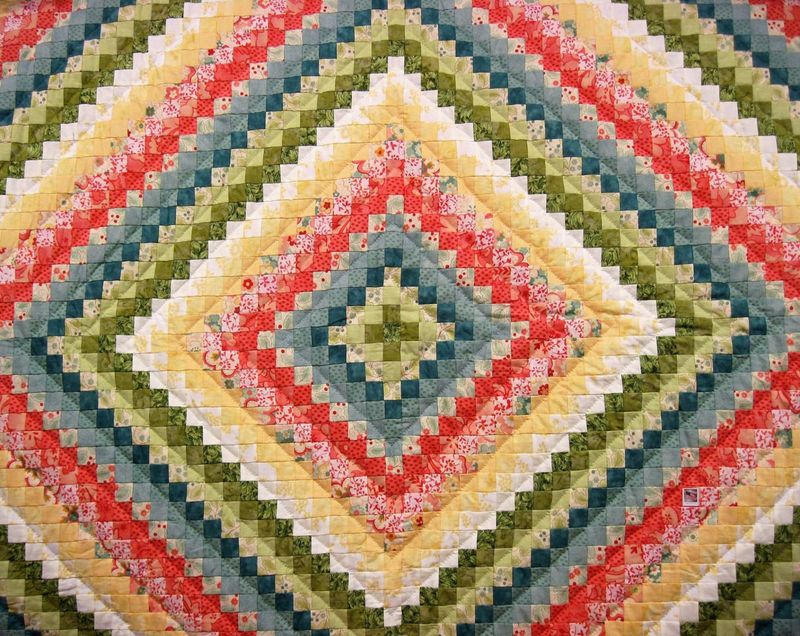
Amish and Mennonite communities transformed necessity into artistic expression through intricate quilting techniques passed down through generations. Each carefully stitched piece tells a story through geometric patterns like Log Cabin, Wedding Ring, and Star of Bethlehem.
Contemporary Pennsylvania homes showcase these handcrafted treasures as both functional bedding and striking wall art, celebrating the meticulous craftsmanship of their creators.
3. Shaker-Inspired Furniture
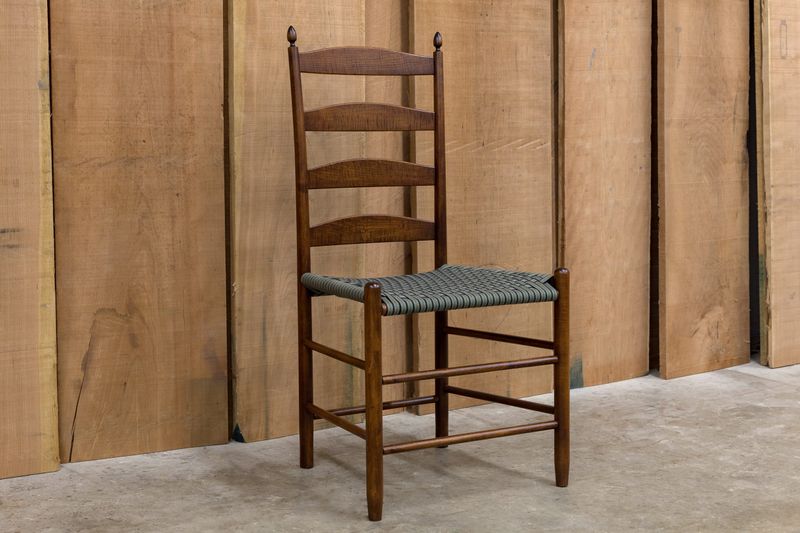
Simplicity reigns supreme in these clean-lined wooden pieces that prioritize function without sacrificing beauty. Pennsylvania craftspeople continue producing these understated classics using traditional joinery techniques that require no nails or hardware.
The honest construction and unadorned elegance of ladder-back chairs, peg rails, and simple cabinets bring timeless serenity to contemporary interiors while honoring the Shaker principle that beauty emerges from utility.
4. Stone Farmhouse Architecture
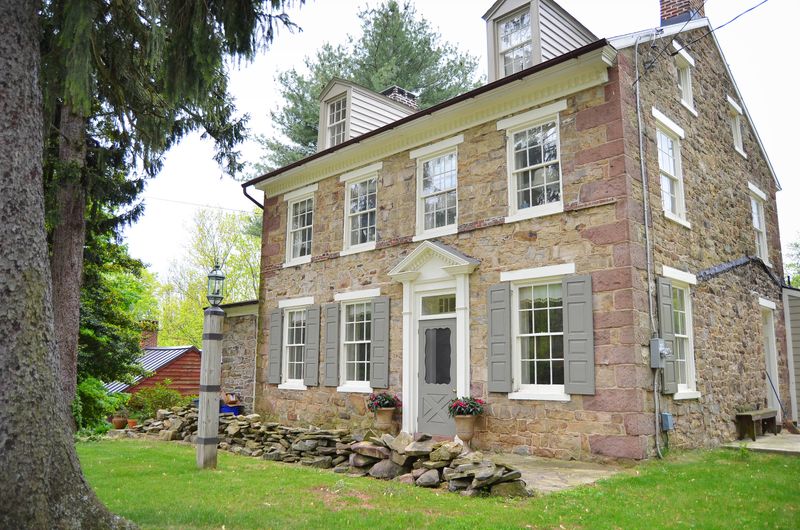
Rugged fieldstone walls have defined Pennsylvania’s rural landscape since colonial times. German settlers utilized local limestone and fieldstone to create sturdy homes designed to withstand harsh winters and hot summers.
Modern architects draw inspiration from these enduring structures, incorporating stone facades and exposed interior walls that connect new construction to Pennsylvania’s agricultural roots while providing natural insulation and timeless character.
5. Wrought Iron Detailing
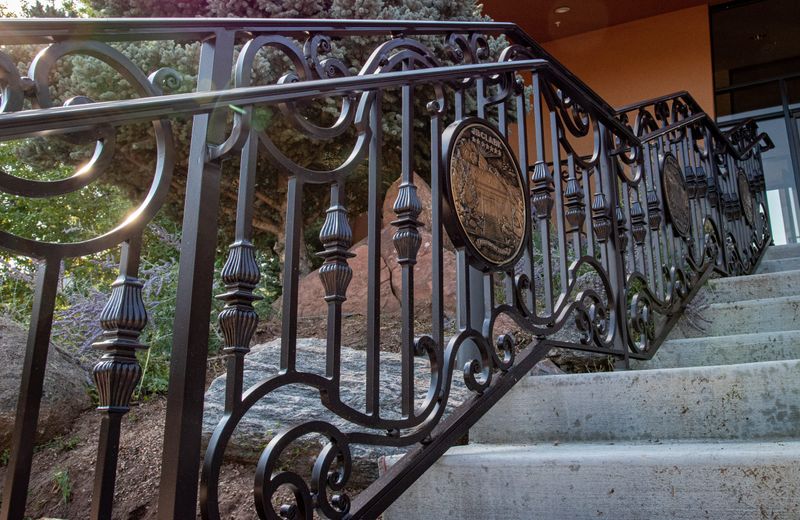
Blacksmithing traditions remain alive in decorative elements that add character to Pennsylvania homes. From ornate stair railings to delicate curtain rods, these hand-forged pieces showcase the skilled craftsmanship that flourished in early industrial communities.
Contemporary artisans maintain traditional techniques while creating modern interpretations of classic designs, ensuring this industrial art form continues enhancing Pennsylvania interiors with its distinctive combination of strength and delicacy.
6. Butcher Block And Soapstone Counters
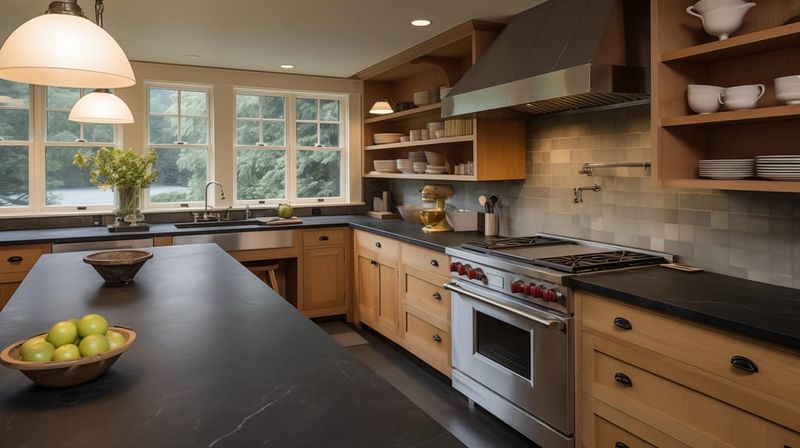
Long before engineered surfaces dominated kitchens, Pennsylvania homes featured these natural materials chosen for their practicality and longevity. Butcher blocks provided ideal cutting surfaces while soapstone offered heat resistance perfect for homes with wood-burning stoves.
Today’s homeowners embrace these authentic materials for their warmth, sustainability, and the beautiful patina they develop over years of use, creating kitchens with genuine character and historical connection.
7. Milk Paint Finishes
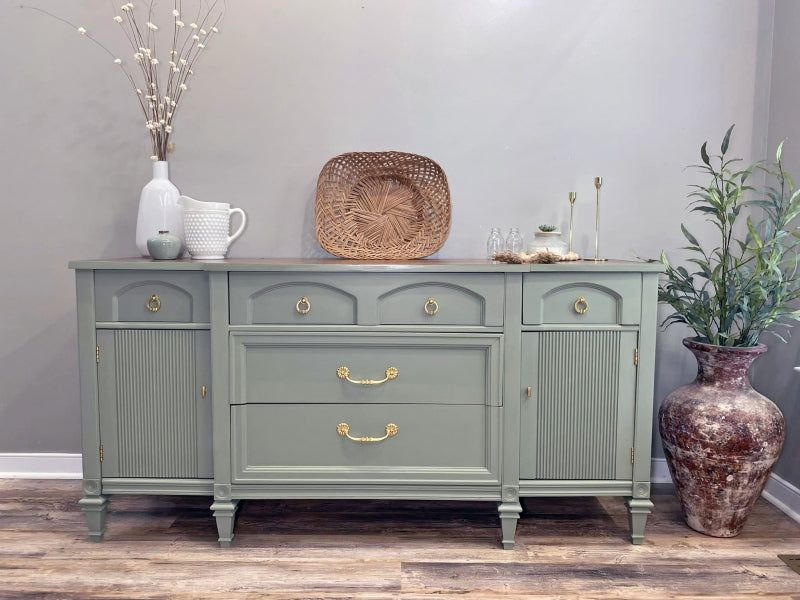
Farmers and furniture makers once mixed milk protein, lime, and earth pigments to create durable, low-sheen finishes in soft, muted colors. The distinctive chalky appearance and subtle color variations gave Pennsylvania furniture its characteristic weathered charm.
Modern homeowners rediscover this eco-friendly paint alternative to achieve authentic vintage looks on everything from kitchen cabinets to accent furniture, appreciating both its historical accuracy and non-toxic formulation.
8. Handcrafted Windsor Chairs
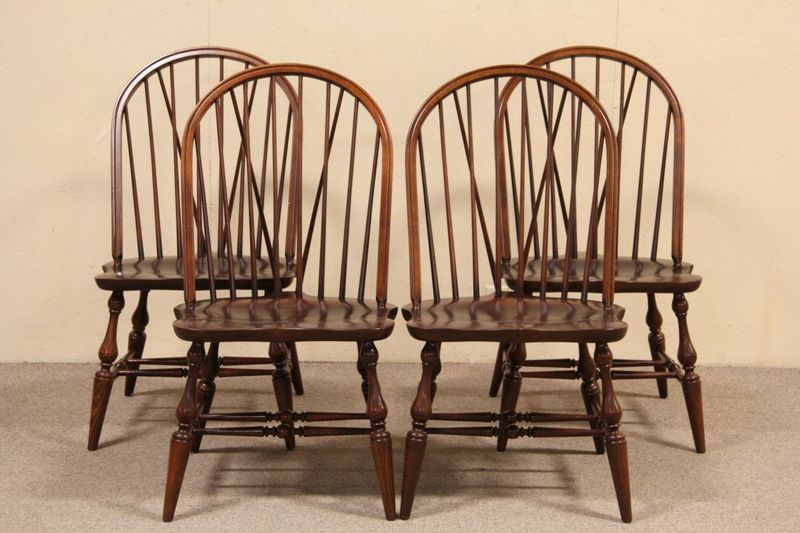
Spindle-backed seating emerged as a Pennsylvania specialty during the 18th century, with regional variations developing distinct profiles. Skilled chairmakers steam-bent wood and hand-turned spindles to create these iconic pieces that balanced comfort with durability.
Contemporary Pennsylvania workshops maintain traditional construction methods while adapting proportions for modern bodies, ensuring these beloved chairs remain practical seating options rather than mere museum pieces.
9. Built-In Corner Cabinets
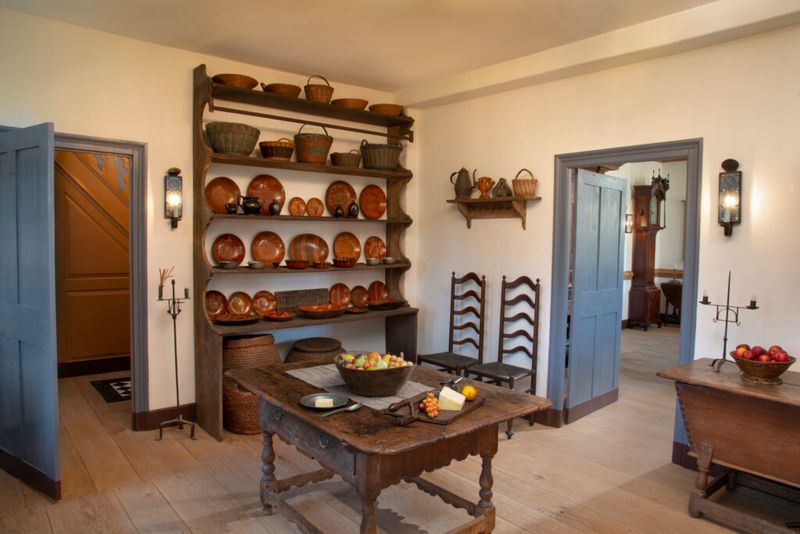
Maximizing space in compact colonial homes, these architectural features showcased fine dishware while providing essential storage. Distinctive details like scalloped shelves, butterfly hinges, and arched tops reflected regional preferences and the maker’s skill.
Architects renovating historic properties and designing new homes incorporate these practical elements to add authentic character, creating dedicated display space for collections while honoring Pennsylvania’s rich cabinetmaking heritage.
10. Slate Roofing And Copper Accents
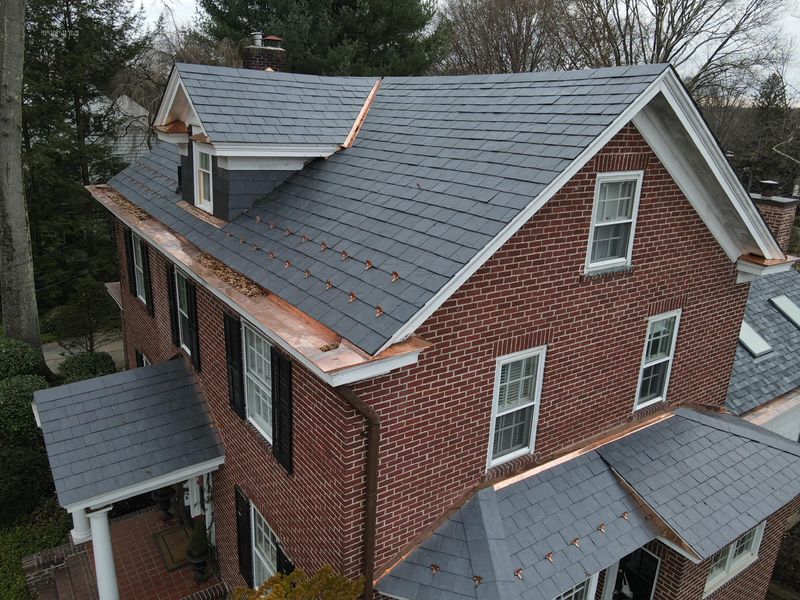
Pennsylvania’s abundant natural slate provided durable, fireproof roofing material that weathered beautifully over decades. Paired with copper gutters, flashing, and weather vanes that developed rich green patinas, these materials created distinctive roofscapes across the state.
Heritage restoration specialists maintain these traditional materials on historic structures, while eco-conscious homeowners choose them for new construction, appreciating their century-plus lifespan and natural beauty.
11. Federal-Style Mantels And Moldings
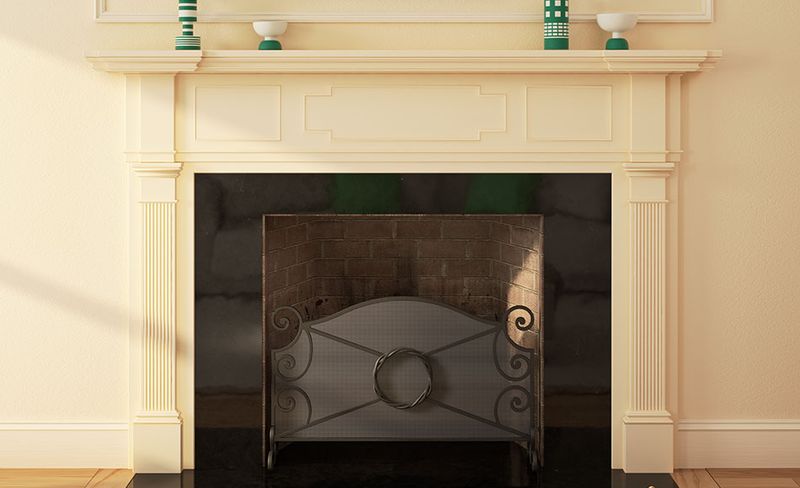
Elegant proportions and classical details defined interior woodwork during Pennsylvania’s early national period. Skilled carpenters created elaborate fireplace surrounds featuring reeded columns, dentil molding, and delicate fan carvings that served as room focal points.
Restoration carpenters preserve these architectural elements in historic homes, while custom woodworkers create historically accurate reproductions, allowing homeowners to incorporate refined Federal styling into contemporary living spaces.
12. Dutch Doors And Transom Windows
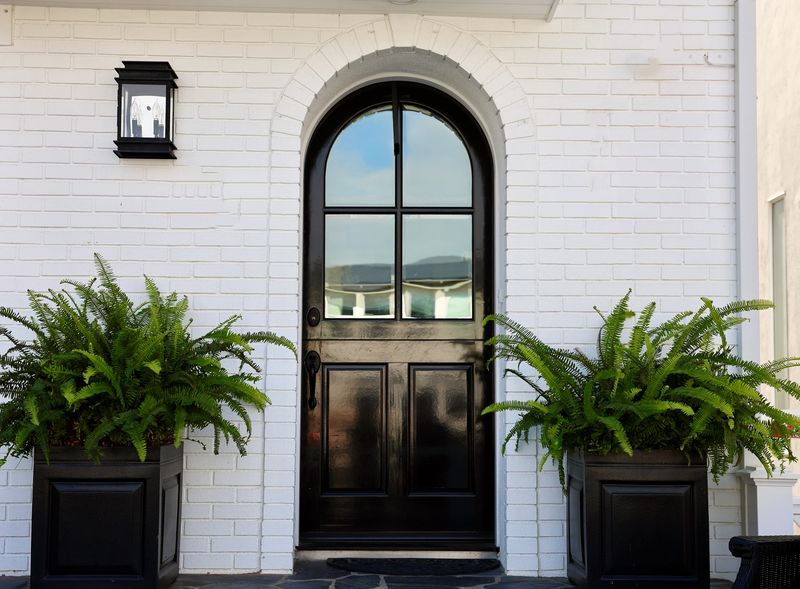
Practical solutions for climate control before modern HVAC systems, these architectural features allowed ventilation while maintaining security. Dutch doors let fresh air in while keeping children and animals safely inside, while transoms provided airflow between rooms.
Contemporary builders incorporate these charming elements into new construction, balancing historical authenticity with modern functionality and energy efficiency to create homes that honor Pennsylvania’s architectural heritage.
13. Pewter And Tin Decorative Ware
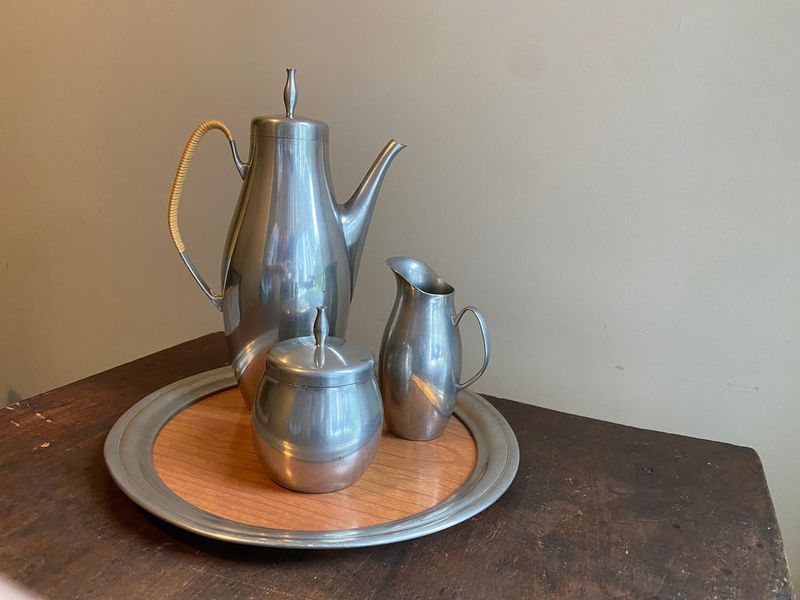
Metal artisans once created everyday objects that combined practicality with subtle beauty. From pewter tankards and plates to punched tin lanterns that cast intricate light patterns, these utilitarian items brought warmth to Pennsylvania homes.
Modern collectors display vintage pieces alongside contemporary works by Pennsylvania metalsmiths who maintain traditional techniques while creating pieces suited to today’s interiors, keeping these craft traditions vibrant and relevant.


